For all the science and technology, the millions spent on research and simulation tools, when it comes down to the last decisive winning margin between two top teams, F1 can still be a black art.
This weekend’s French Grand Prix is set to be a perfect case study, with Ferrari and Red Bull taking completely different approaches to downforce levels and tyre usage.
Come Sunday evening, one of those approaches will have been shown to be right, the other not so. But it’s absolutely not something which could be called in advance. All we have after qualifying are a more refined set of questions than those we had coming into the weekend.
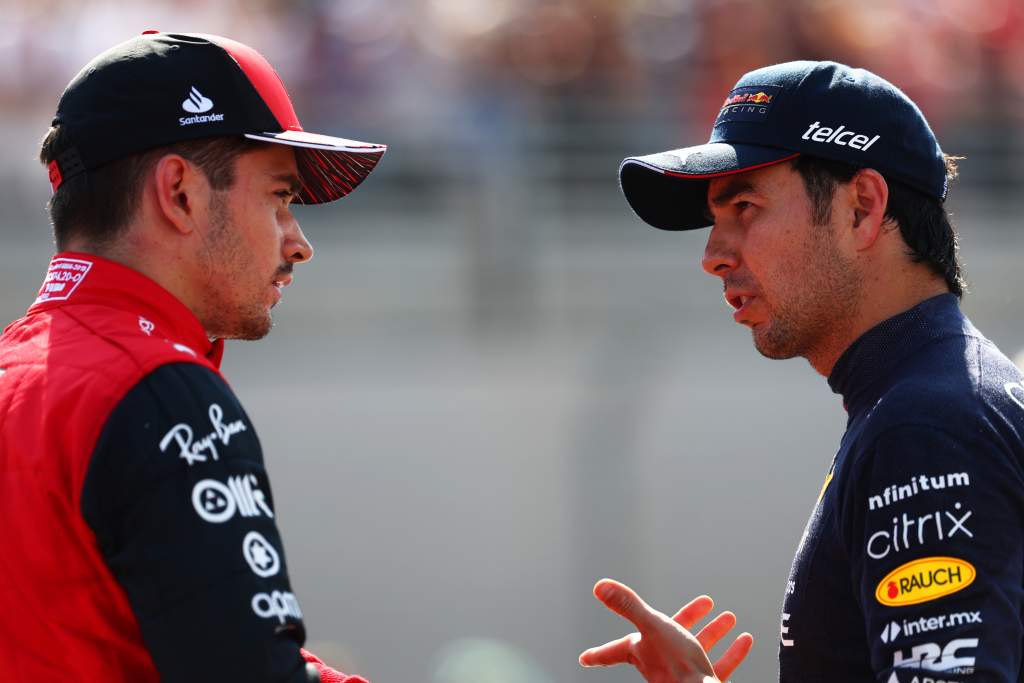
At the heart of it are downforce levels, with Red Bull running a very trimmed-out car for Max Verstappen and Sergio Perez and Ferrari preferring a higher wing level, which is for sure faster over a single lap of qualifying. Yes, Leclerc took pole with the help of a perfectly-timed tow from team-mate Carlos Sainz, but data analysis by the team reckoned that assistance found Leclerc just under 0.2s. He was on pole by 0.304s.
The Ferrari is visibly more planted, especially in the long corners of the final sector. The Red Bull makes big gains on the straights and even in that part of the lap – from the second part of the Mistral straight and through Signes – where Leclerc took his tow, Verstappen easily takes time out of him despite not having the benefit of a slipstream.
Ferrari and Red Bull have run in and out of phase with each other on downforce levels throughout the season to date but it carries extra significance here at Ricard. Because the race-deciding factor looks set to be tyre usage. The fast, long-duration turns in these scorching temperatures place enormous strain on the fronts in particular.
If the Ferrari has a pattern of weakness in its race performances this year, it is its ability to look after the outer front tyre around those circuits which place a big demand on it. It’s what lost it the Imola sprint race and the Miami Grand Prix, and what was going to lose it Silverstone until Verstappen hit the AlphaTauri debris.
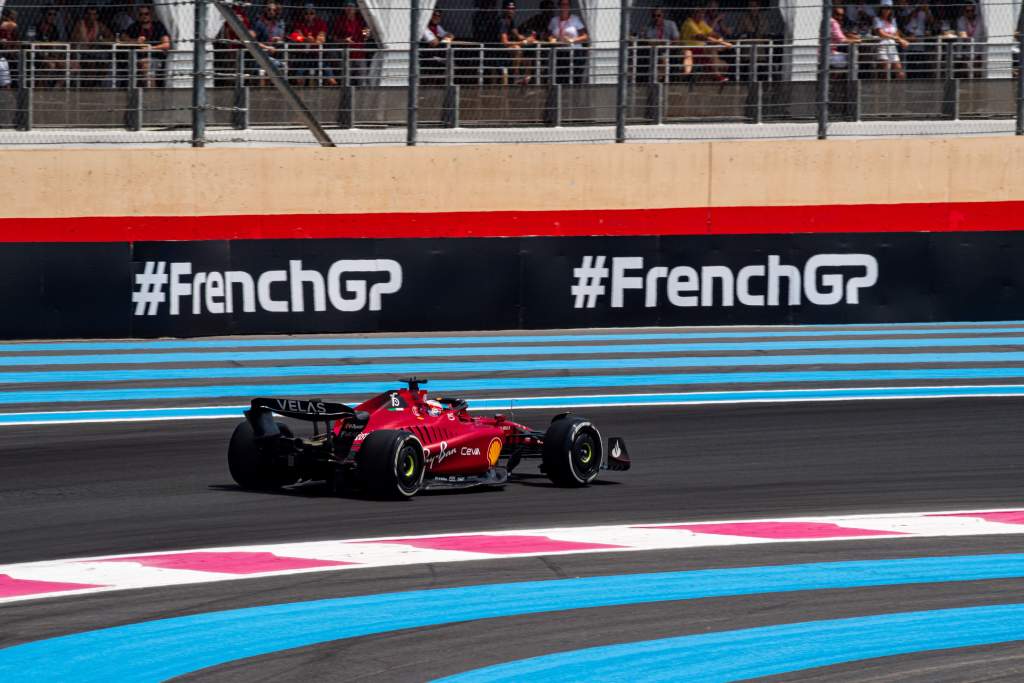
So there is a definite logic in Ferrari backing away from matching Red Bull’s low-downforce approach here. A skinny rear wing requires a matching low flap angle on the front and the front tyres will be sliding more to reach their optimum slip angle. The more the front tyre is dragged across the surface rather than digging into it, the higher the propensity to grain and the higher the wear rate.
Exactly a year ago Ferrari was hopelessly uncompetitive in the race here because of wildly excessive front graining and wear. Although they feel they got to the bottom of that issue after an internal investigation, and this is a very different – much more competitive – car, it would only be natural for the team to be wary of running a set-up which may in any way threaten a repeat of that experience.
But there is wear and there is thermal degradation. And knowing which is the more important mechanism on any given day on any given track is arguably the most important black art of all. There is not an obvious right answer ahead of the event. It only ever becomes right afterwards.
If the limitation turns out to be thermal degradation of the front tyres, then you absolutely can have such a thing as too much downforce. The common sense equation of more downforce = better tyre usage can be turned on its head if the energy taken from the tyre by all that downforce simply overwhelms it, begins to overheat its core and loses the construction’s ability to properly support the tread.
Red Bull knows better than most all about this. Back in the first days of the Pirelli era when Red Bull had an enormous downforce advantage thanks to its mastery of the blown diffuser, it often found itself having to wind off downforce just to allow the tyres to live.
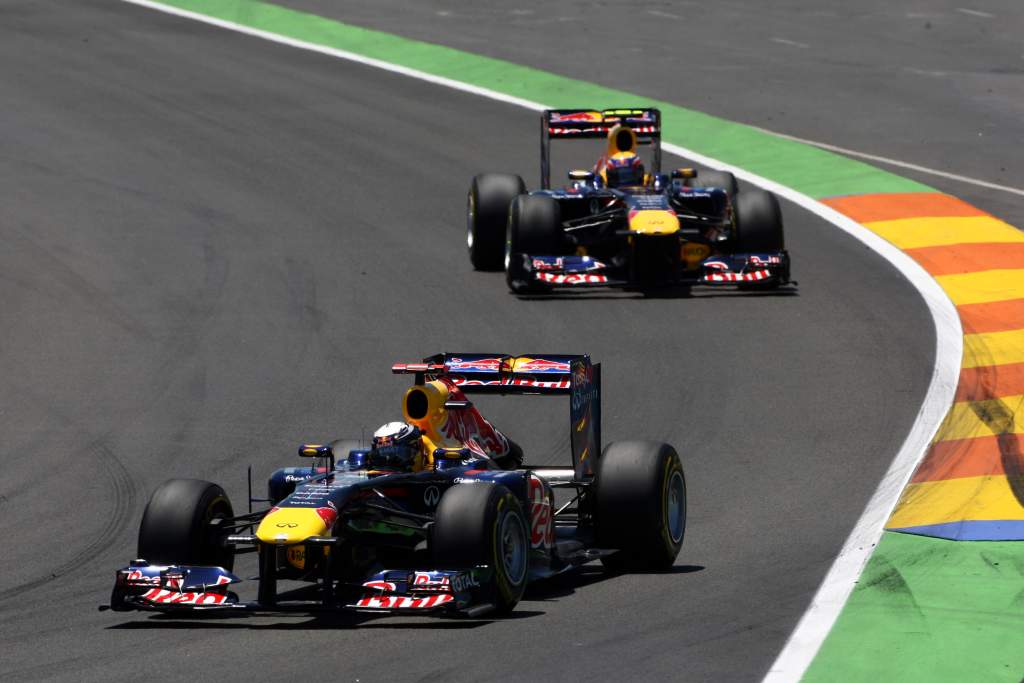
With full tyre war tyres, Red Bull would have been lapping the opposition. That, incidentally, was the opinion of a Pirelli engineer of the time after he’d looked at the peak loads each car could generate… It was only thermal deg which was keeping the Bulls vaguely in reach of the opposition.
That’s not what’s happening now. Red Bull seems to have pitched its car around the tyre it has rather than some theoretical ideal and it’s the Ferrari which evidently creates greater downforce, even when running comparable wing levels. “Whatever wing we put on we usually struggle a bit in the [high-speed corners] compared to Ferrari,” as Verstappen points out.
What that downforce also helps you with is getting the tyres straight up to temperature over a single lap, something Red Bull struggled to do through Friday practice – to the extent that Verstappen deliberately gave up long-run time to trying to fix the front tyre temperature over a single lap. An intense session in the factory simulator overnight by Sebastien Buemi definitely found something in the set-up and Verstappen explained that the biggest difference Friday to Saturday was in the low-speed corners. The high-speed deficit remained, in other words.
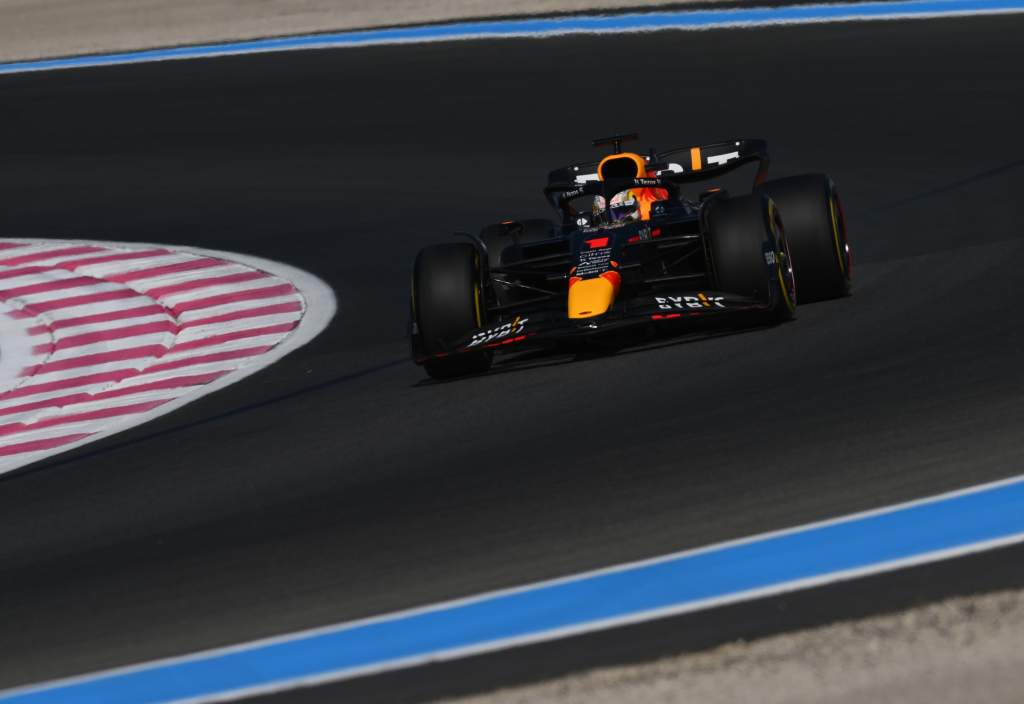
But it’s Verstappen’s explanation of the counterpoint which may turn out to be key. “Although Ferrari is quicker through the high-speed, the tyres will be so hot that you can’t push as much in the high-speed and therefore hopefully our top speed will help us out more.”
“It’s always a trade,” says Christian Horner. “What we don’t know standing here today is are they going to be taking more energy from the tyre over a lap? Will that penalise them over a long run? Will they be able to maintain it? What’s the best way to achieve the laptime?
“What it’s all going to be about is how will the front tyres survive around here through these long turns, 11-12 and the first sector.”
It’s not a given that Ferrari has got this wrong, that it has paid too high a price in race pace for its searing qualifying speed. It’s only a possibility. The balancing point between wear or temperature being the critical limitation could skew it one way or the other and it could be the post-race question will be, why on earth did Red Bull decide to sacrifice so much high-speed aero performance for a tyre concern that proved unfounded?
Then there’s the question of the Ferrari’s new floor here.
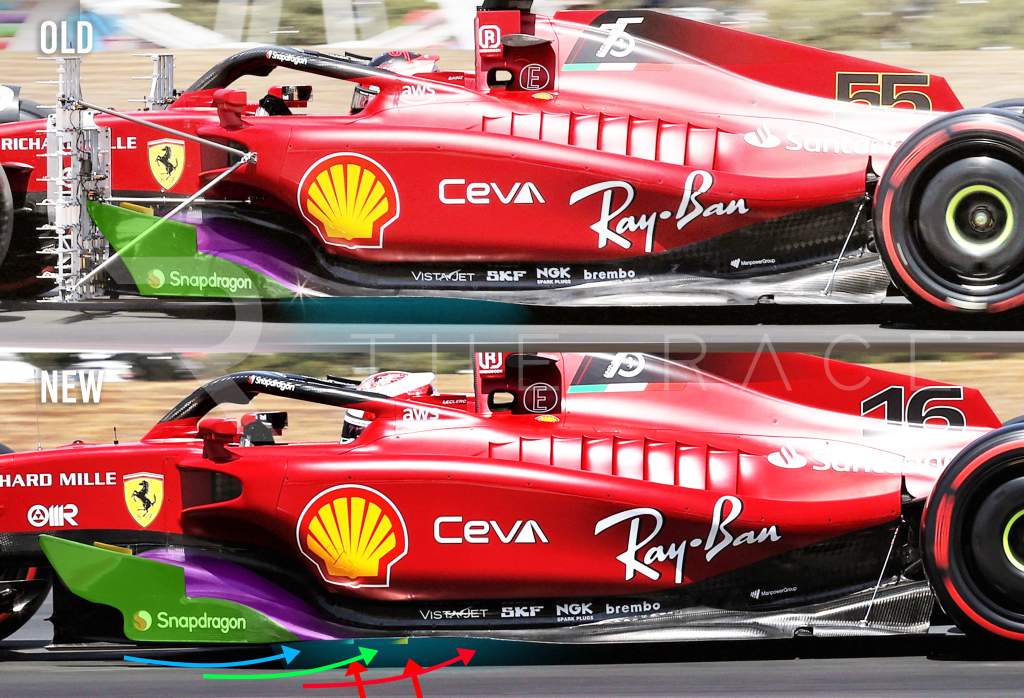
With a higher ceiling on the inboard end of the tunnels – and a stepped arrangement as it moves outboard – the floor may have changed the car’s aero balance in a way favourable to front tyre thermal performance.
Red Bull, too, has a revised arrangement of tunnel inlet vanes.
How the two cars use their tyres will likely have a profound effect on strategy, too. It’s a race expected to be poised between a one-stop and a two. If the Ferrari works its front tyres a little too hard, a two-stop could rescue it.
“We’ve put the car where we think our best performance window is,” says Ferrari’s Laurent Mekies. “The trade-off is easy to see. Downforce and tyre performance and if you get it wrong you can be exposed.
“The good thing about this sport is you get the answer on Sunday night. Whoever wins will have had the best strategy, the best set-ups, the best drivers…”


